Evolving from Rule-based Classifier: Machine Learning Powered Auto Remediation in Netflix Data…
The Netflix TechBlog
MARCH 4, 2024
Operational automation–including but not limited to, auto diagnosis, auto remediation, auto configuration, auto tuning, auto scaling, auto debugging, and auto testing–is key to the success of modern data platforms. We have also noted a great potential for further improvement by model tuning (see the section of Rollout in Production).

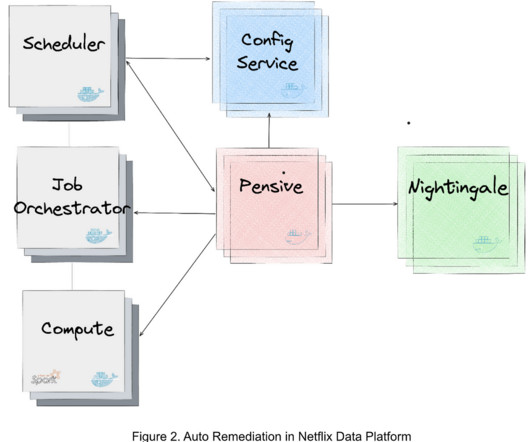


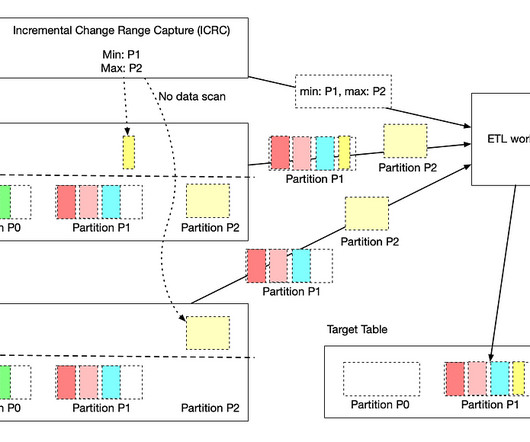
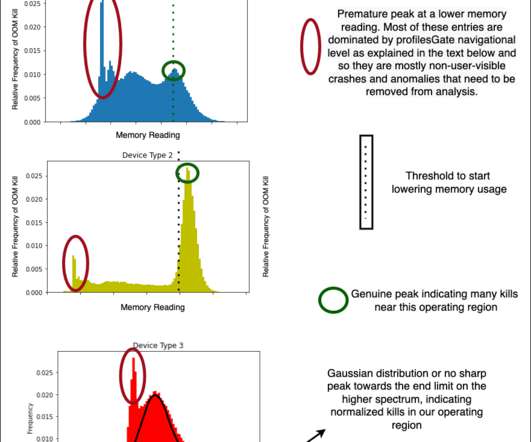
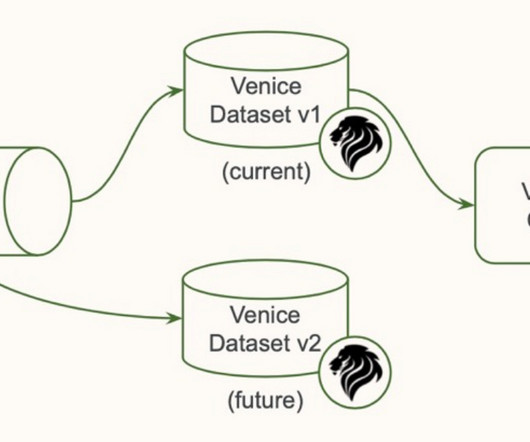

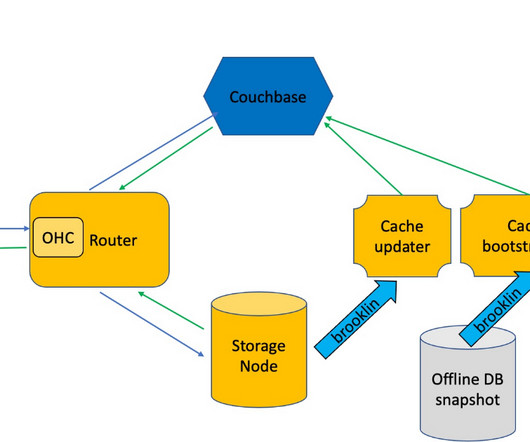






Let's personalize your content